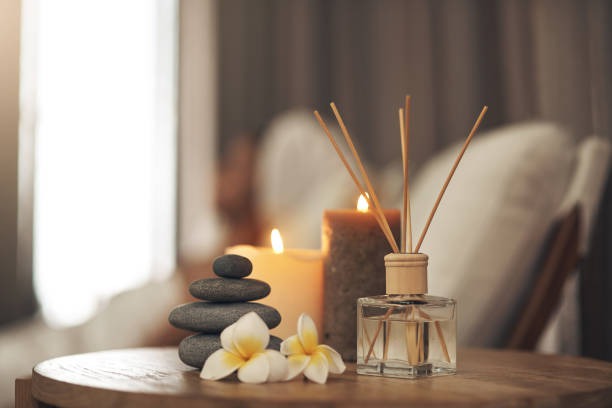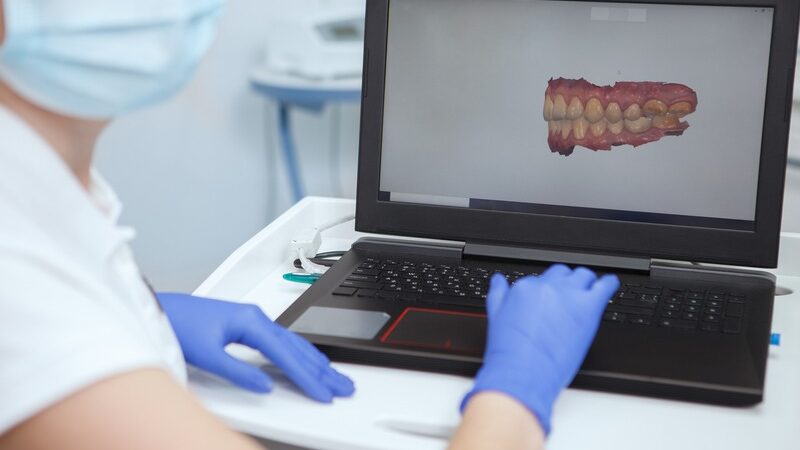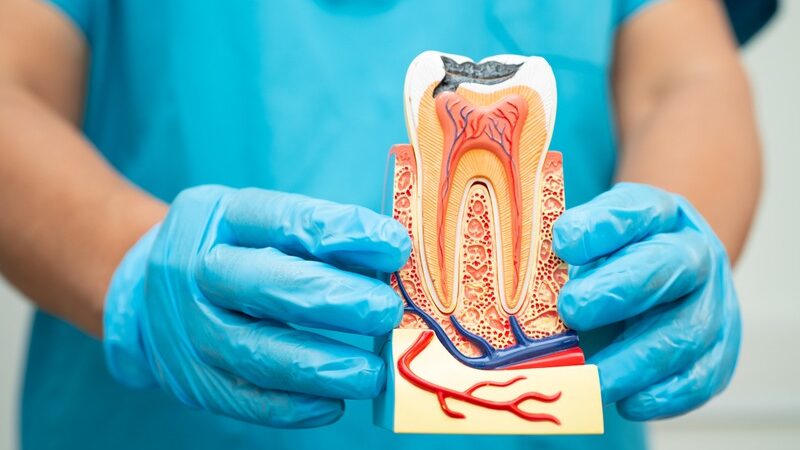Engagement in physical activity is crucial for maintaining mental and physical health, and this is particularly pertinent in correctional facilities. Outdoor fitness equipment affords inmates the opportunity to improve their well-being and develop a constructive leisure-time occupation. The adoption of institutional fitness equipment can lead to a host of positive outcomes, translating into a progressively rehabilitative prison environment.
Promoting Physical Health
Physical fitness programs in prisons have been shown to greatly enhance the health of inmates. The benefits of exercise in prisons include cardiovascular health, muscle strengthening, and improved stamina. With the addition of outdoor exercise equipment, inmates gain more opportunities to partake in such health-improving activities.
-
Cardiovascular Gains: Regular use of equipment helps in reducing heart-related issues and improves overall endurance.
-
Muscle Strength: Resistance from various types of correctional facility gym equipment aids in building muscle strength.
-
Better Flexibility: Engaging different muscle groups can lead to improved flexibility and mobility.
Introducing equipment caters to these physical needs, fostering a better state of health and fitness among the incarcerated population and reducing healthcare costs.
Mental Health Enhancement
Exercise is a well-documented avenue to mitigate symptoms of depression and anxiety. In a high-stress environment such as a prison, providing inmates with outdoor gym equipment can play a significant role in improving their mental health.
-
Stress Reduction: Physical activity is known to release endorphins, naturally lifting moods and reducing stress.
-
Improved Mood: Routine exercise contributes to more stable moods and can be therapeutic for inmates.
-
Cognitive Benefits: Regular fitness routines enhance cognitive functions, often leading to better decision-making.
Giving prisoners the tools to take control of their physical health can positively affect their psychological well-being, which is essential for rehabilitation and reintegration. Initiatives like Corrections-Fit provide comprehensive insights into the features of effective fitness gear for prisons.
Factors such as durability, maintenance requirements, and suitability for the correctional environment are central to making the right choices. By accessing resources offered by dedicated platforms like Corrections-Fit, decision-makers can ensure that they provide inmates with the best possible tools for maintaining health and well-being.
Safety Measures Considered
The importance of safety in prison workout tools cannot be overstated. Manufacturers are keenly aware of the need for durability in prison gym equipment as well as the impact resistance of fitness equipment in such a high-risk environment.
-
Durable Materials: Equipment is built to withstand heavy use and resist weather conditions.
-
Secure Installation: Safety features include secure anchoring to prevent misuse or accidents.
-
Modified Designs: Tools are specifically designed to prevent injuries and ensure safe handling by inmates.
This attention to safety not only protects the inmates but also guards and other staff, maintaining a secure and beneficial workout environment.
Cost and Maintenance
Cost-effective fitness gear for prisons must also be balanced with considerations for outdoor gym equipment maintenance. To ensure sustainability:
-
Minimal Upkeep: Equipment is typically designed for low maintenance to reduce ongoing costs.
-
Longevity: Investing in high-quality gear translates to lower replacement frequency, offering long-term savings.
-
Warranty Support: Equipment warranties in prison gym setups can help manage costs associated with repair and replacement.
A careful selection of robust fitness apparatus can help correctional facilities manage their budgets efficiently while ensuring continuous availability for the inmates’ use.
Behavior and Discipline
The presence of fitness equipment can also have a constructive impact on inmate behavior. With structured physical fitness programs in prisons, inmates can develop discipline, routine, and a sense of responsibility.
-
Engagement: Regular fitness schedules keep inmates occupied, reducing idleness and the potential for conflict.
-
Self-Control: Committing to a workout regime can foster self-discipline and control, valuable traits for reducing recidivism.
-
Community Building: Group exercises can improve social interactions and teamwork among inmates.
These social skills are elemental in preparing inmates for life outside prison, aiding in their successful reintegration into society.
Rehabilitation Support
Outdoor fitness equipment acts as a supporting tool in the holistic rehabilitation of prisoners. Correctional facility gym equipment is more than just a means to physical betterment; it represents an investment in the individuals’ futures beyond bars.
-
Productive Habits: Commitment to exercise helps develop constructive routines.
-
Goal Setting: Fitness achievements can boost self-esteem and encourage goal-oriented behaviors.
-
Therapeutic Outlet: Equipment use can be a form of expression and a coping mechanism for emotional distress.
In this way, the equipment serves not just as a health and fitness provision but as a critical component of the rehabilitative journey.
Professional Training
One of the keys to optimizing the benefits of outdoor fitness equipment is to provide professional guidance for inmates. Fitness training in jail led by professionals ensures that:
-
Proper Use: Inmates learn the correct methods to use the equipment, avoiding injuries and maximizing benefits.
-
Individualized Regimes: Training can be tailored to the needs and abilities of each inmate.
-
Progress Monitoring: Instructors can oversee progress and adjust programs accordingly.
In bringing professional expertise into the prison environment, inmates receive the guidance necessary to make the most of the fitness resources available to them. Finding effective outdoor fitness equipment models that align with the unique requirements of correctional facilities is an ongoing challenge.
Models like The Helios Multigym offer a practical solution by combining several exercise stations into one compact unit. These models allow for multiple inmates to engage in different types of workouts simultaneously, maximizing space and resources.
Equitable Access
It is essential that all inmates, regardless of their physical capabilities, have access to outdoor fitness opportunities. Equitable access to institutional fitness equipment means:
-
Inclusive Facilities: Equipment catering to a range of fitness levels and abilities.
-
Adaptive Options: Availability of tools that can be used by inmates with disabilities or mobility issues.
-
Non-discriminative: Ensuring every individual has the chance to participate in physical exercise, fostering a culture of inclusivity and respect.
By prioritizing equitable access, the correctional facility promotes fairness and underscores the importance of health and fitness for all.
Technology Integration
In a field where innovation is ongoing, fitness equipment standards for correctional facilities are continually evolving. The upgradation of fitness tools in prisons includes the integration of technology to enhance the efficacy of workout regimes.
-
Data Analytics: Technology can be used to track usage, progress, and tailor inmate workouts for maximum benefit.
-
Smart Design: Modern fitness tools can be designed with integrated tech for a more engaging exercise experience.
-
Training Software: Programs can utilize software to provide diverse and adaptive workout plans, keeping inmates motivated.
By embracing advancements in technology, correctional facilities can ensure their fitness equipment remains contemporary and effective. Features such as weather-resistant construction and the elimination of loose parts cater to the essential demand for The Helios Multigym within high-risk prison environments.
By integrating such versatile models, institutions can enhance their outdoor fitness provision effectively. Selecting the best outdoor fitness equipment comes down to an array of factors that corrections administrators must consider.
To End
Outdoor fitness equipment in prisons serves as a cornerstone for improving inmate health, ensuring safety, and supporting rehabilitative processes. Correctional facilities that recognize the multifaceted benefits of such gear carve a path toward a more progressive, health-focused, and rehabilitative approach to incarceration. Through careful selection, installation, and maintenance of these tools, the correctional system can foster a safer and more constructive environment conducive to the personal growth and well-being of its inmates.






